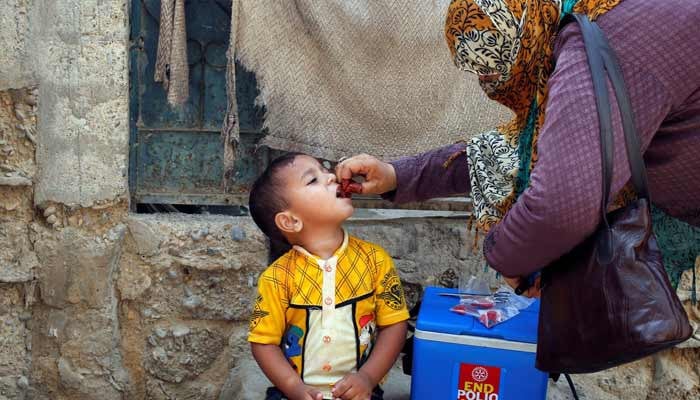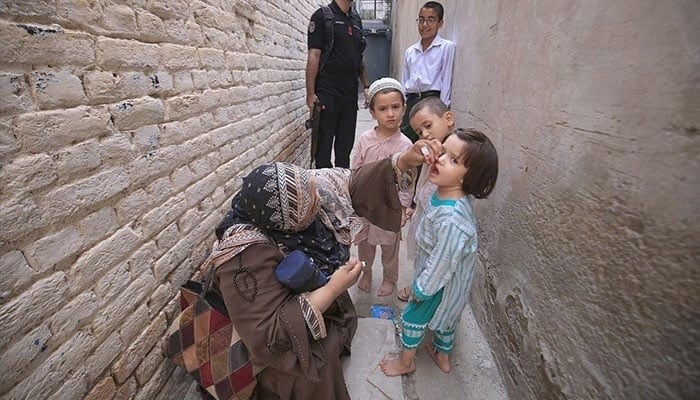Health experts said on Thursday that they have recognized a new form of diabetes, referred to as ‘type 5 diabetes’, which is associated with malnutrition. They call for global recognition to tackle the disease, especially in countries that are already struggling with poverty and hunger.
The most common form of diabetes, type 2, can be caused by obesity and occurs when adults become resistant to the hormone insulin. Type 1, which is usually diagnosed in childhood, occurs when the pancreas does not produce enough insulin.
But diabetes researchers have followed a different form of the disease, which often appears in people younger than 30. It also influences insulin production but is less serious than type 1.
And instead of being linked to overweight or obese such as type 2, it meets people who are underweight because they do not eat enough.
A paper published in medical magazine The Lancet Global Health shows that more than 25 million people suffer from these “type 5 diabetes”, usually in developing countries.
“We call on the international diabetes community to recognize this clear form of the disease,” wrote the authors, who reflect a consensus that was reached by the International Diabetes Federation earlier this year.
The experts have settled to name this form of type 5 diabetes, although types 3 and 4 are not officially recognized.
Diabetes driven by malnutrition is not a new discovery-in the eighties and nineties, the World Health Organization classified a form of “malnutrition-related diabetes”.
But the UN agency left this classification in 1999 due to a lack of agreement between experts on whether malnutrition was only sufficient to cause diabetes.
Since then, countless studies in countries such as Bangladesh, Ethiopia, India, Indonesia, Nigeria, Uganda, Pakistan and Rwanda have indicated that this is possible.
The exact connection between malnutrition and these strict diabetes remains unknown. The effectiveness of existing diabetes treatments that do not focus on weight loss on type 5 is also unclear.
The best way to fight the disease includes supporting programs that are already working to combat poverty and hunger, said the authors of the newspaper.
This includes giving people access to “cheap, energy-rich basic foods with many proteins and complex carbohydrates” such as lentils, legumes, oil-enriched grains and reinforced grains, they added.






